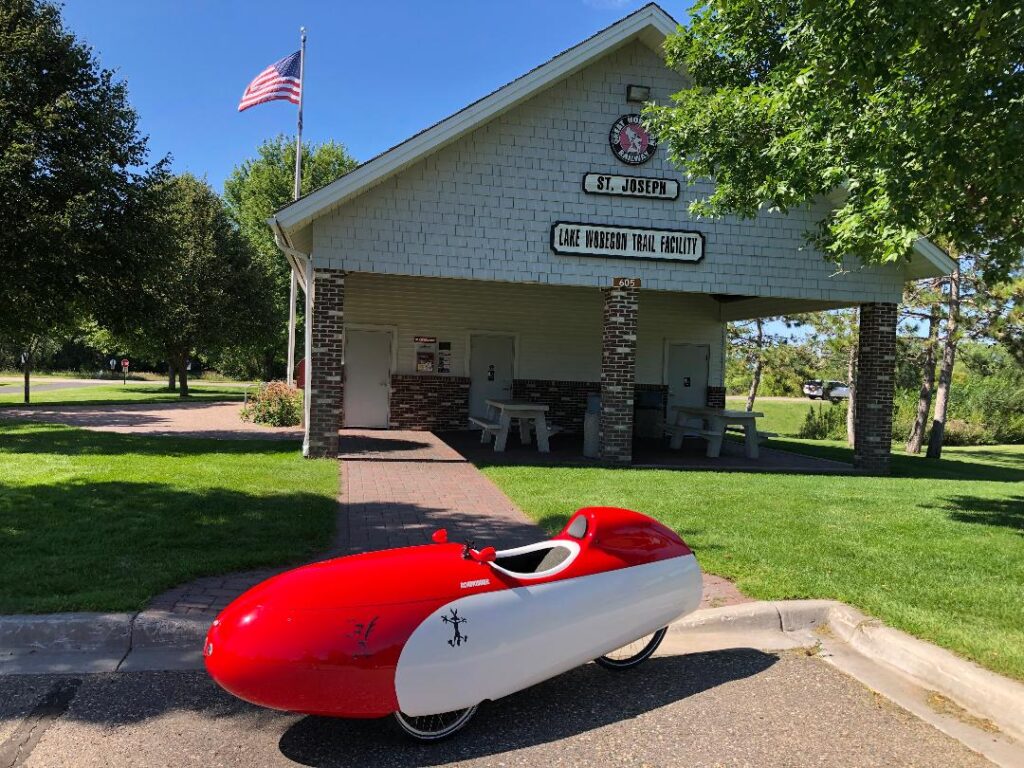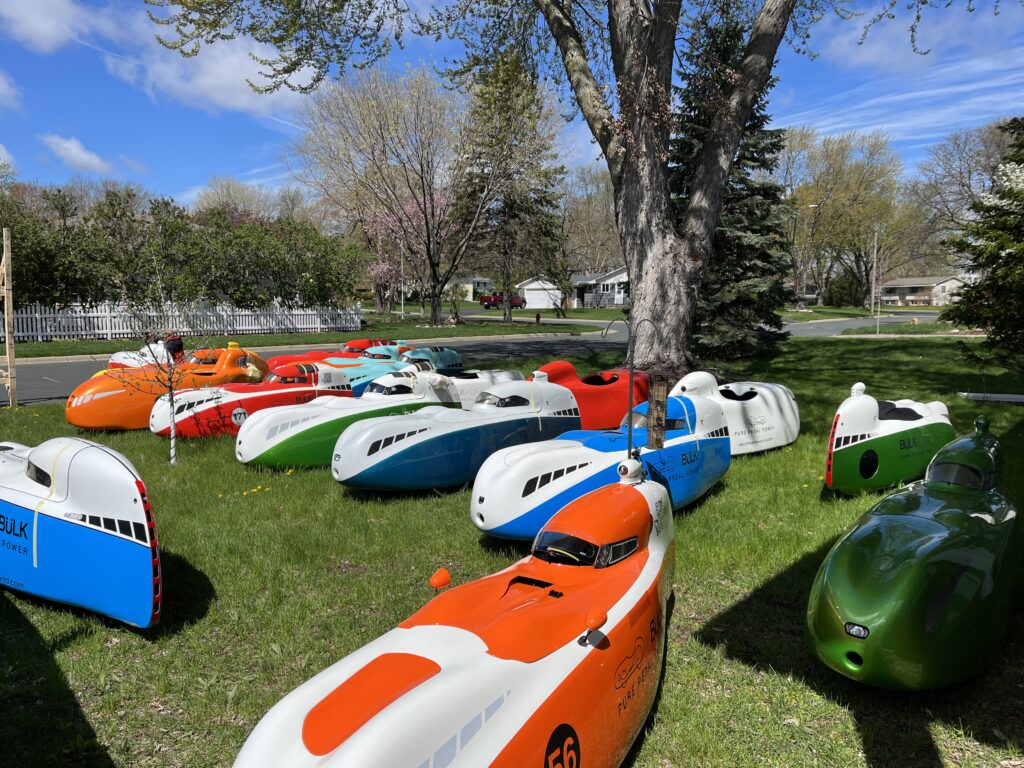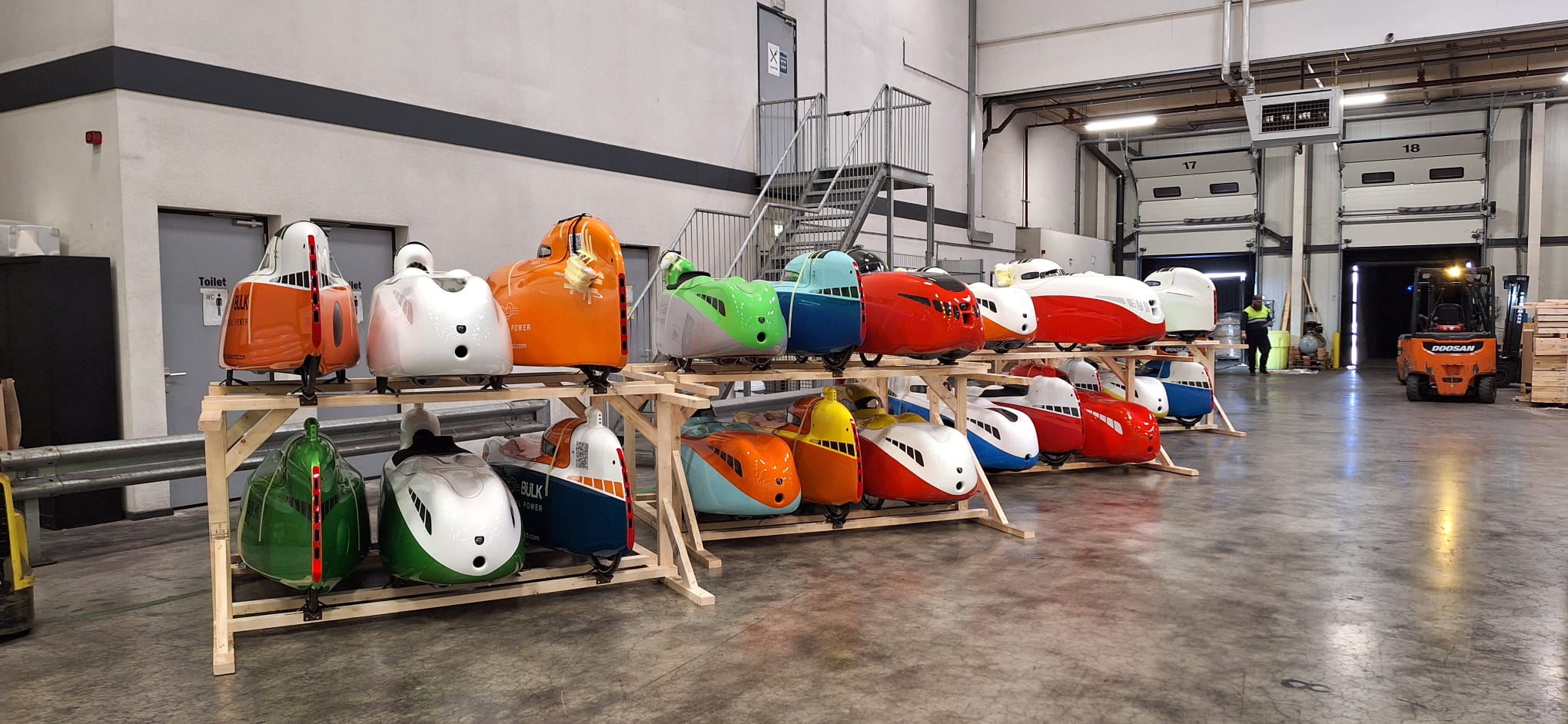What are Tariffs and What Would They Mean for the US Velomobile Market
With the recent proposed tariffs from the current US administration, I’ve been fielding some concerned questions about how this could impact importation of velomobiles to the US. In this video I’m going to do my best to provide some information to answer these questions.

Tariffs 101
First, what are tariffs? Tariffs are a tax placed on goods imported into a country. The purpose is first to protect US companies from manufacturing competition in foreign countries for things like cars, clothing, and even things like produce and beverages. It’s normally a percentage of the purchase price. For instance, right now velomobiles are imported in a category with special unusual types of tricycles and are subject to 3.7% duty. For an item like a velomobile which is not manufactured in the US, tariffs don’t do anything to protect US businesses. Instead those tariffs are a source of revenue for the US government. In addition to paying import tax, you also pay your local state tax, so that both the state and the government profit off your purchase.
Who Pays Tariffs
So who pays tariffs? That would be the importer, in this case, me at Northland Velo. Because my profit margin isn’t especially large, those import costs are billed to the client. This is pretty common for businesses. After all, we have costs we need to cover besides just the time we invest making the sale. Operating costs, employees, billing service, purchases to run our business, advertising, and many others. That means businesses have a limit to the import fees they can take on without passing those costs on to consumers. In the case of tariffs, especially the 10-25% or more tariffs being proposed, businesses will end up raising prices to compensate for the income lost to tariffs. In the case of Northland Velo, I would need to raise prices by whatever percent tariff is imposed on EU goods.
Are Tariffs Bad
Are tariffs all bad? Not necessarily. In the case of businesses that are having to compete with countries like China where labor costs are a fraction of the cost in the US, it can help prevent those businesses from competition by increasing the price for imported goods. However, the challenge is that production costs in the US tend to be higher than in countries like China, India, eastern bloc countries like Romania, South America, and other areas of Asia. That means goods manufactured in the US will cost the consumer more than imported goods. On the one hand, tariffs mean more manufacturing jobs, but on the other it means the price of goods will be higher due to higher manufacturing costs in the US. Tariffs reducing competition can also lead to a lack of competition for products in the market allowing US businesses to charge higher prices and increase their profits. That means there has to be a careful balance with tariffs between protecting American businesses and jobs, and still providing a reasonable level of competition to ensure consumers can find affordable products.
Do Tariffs Work
Do tariffs always work? Unfortunately no. Most economists agree that tariffs generally raise prices for consumers and also lead to retaliation from the countries tariffs are imposed on. For instance when the current administration announced 25% tariffs on all imports from Canada, Canada responded by levying 25% tariffs on the US. Manufacturing in both countries relies on products from the other, especially for things like cars. During the previous Trump administration China responded to the tariffs levied on their exports by adding tariffs to US exports such as soybeans and pork. To offset the income farmers lost due to the tariffs, the government had to subsidize farmers. The 2018 tariffs on imported steel did not lead to a notable increase in jobs at US steel plants. The other issue is that there is a limit to manufacturing capacity. Setting up a factory is no small task and comes with considerable expense. You’ve also got to have a sufficiently trained workforce to fill those factory jobs. The current US unemployment rate is just a bit above 4%, nearly 1.5% below the average US unemployment rate. That means there are less skilled workers looking for jobs which in turn limits the number of factories that can be established to meet consumer demand. There is one other factor to consider, and that is the income manufacturing brings to poorer countries. In countries like Mexico, China, India, and even Romania, the manufacturing jobs, even with the low salaries they offer, provide income security in areas with very few opportunities. These jobs mean disadvantaged populations have income to buy food, put a roof over their heads, feed their families, and reduces the chances they turn to crime to provide for themselves and their families. That, in turn, contributes to a more stable global environment.
What about Producing Velomobiles in the US
In theory this is a possibility. The question is whether or not it is the most cost effective option. I have visited Velomobile World, the largest producer of velomobiles in the world, a couple times now. It’s a shockingly high-tech factory in the middle of farm fields in a fairly poor and remote area of Romania. Curing ovens, paint booths, body sanding stations, metal lathes, all of these items are expensive to procure and necessary for production. Besides the technology, there is also the manpower. A velomobile is generally a 4-6 week build process from composite layup to curing, body filler, sanding, painting, and assembly. The cost of labor in the US is several times higher than that of Romania. At the moment import costs around $1000 between shipping and duty. That’s the cost of one worker working a 32 hour week. When comparing the labor costs between the current factory workers and US workers, it would be challenging to produce velomobiles here for the same cost as they are produced in Europe and imported to the US.

Summary
In short, tariffs have a limit to how effective they can be. A blanket tariff like the one proposed on EU goods would mean a price increase for velomobile imports, but not so much that it would start to make financial sense to build them here. While tariffs can protect US companies from overseas competition, it does not always lead to more jobs for US workers and often those tariffs are met with tariffs from the other country on US exports. While it generates tax dollars for the US government, those costs normally are passed on to the consumer in the form of price hikes, as would be the case for velomobiles.
If you’d like to learn more about tariffs, their history, effectiveness, and generally check the info I’ve shared here, check the link below to my blog for a list of references.
If you’re in the US, I’d strongly encourage you to contact your congresspeople and let them know how the proposed tariffs could impact your life and your favorite velomobile dealership. Let’s all do our part to help keep velomobiles as affordable as possible!
Links
Tariffs 101: What Are They, Who Foots the Bill, and Who Wins (if anyone)? | Wilson Center
What are tariffs and how do they work? | AP News
Tariffs: What are they, who pays for them and who do they benefit?
What did US get from deals to pause tariffs on Canada and Mexico? Not that much, observers say


